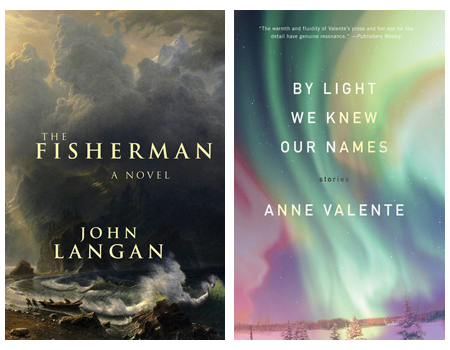Download links for: 30-Second Theories: The 50 Most Thought-provoking Theories in Science, Each Explained in Half a Minute


Reviews (see all)
Write review
This one is definitely now a part of the permanent reference collection.
A simply gorgeous book, with collage worthy of Lauren Child.
I still haven't got my head around quantum entanglement.
Other books by Nonfiction
Other books by Paul Parsons
Related articles












